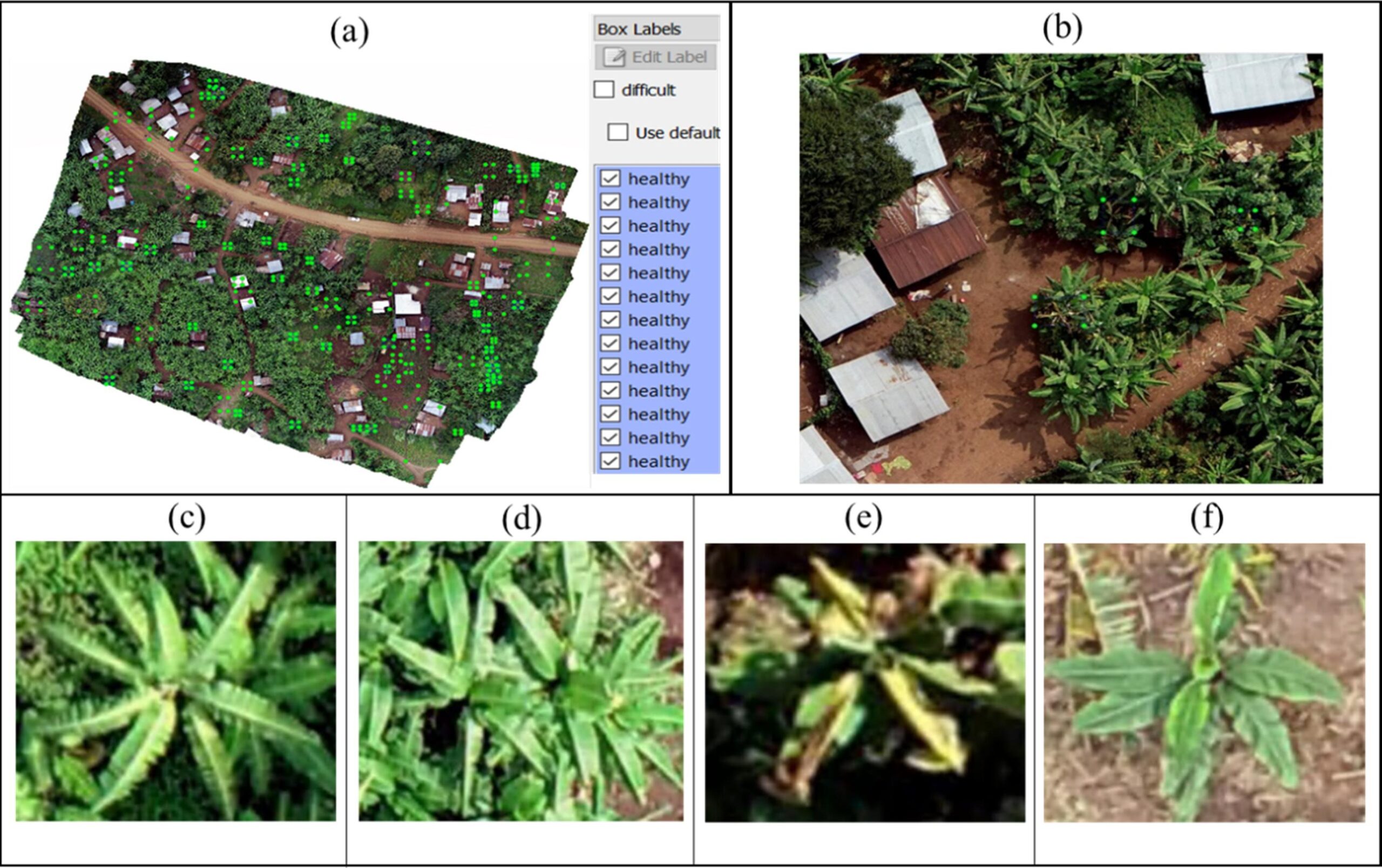New AI-enabled tech helps to protect Africa’s banana crops
 26 Oktober 2020
26 Oktober 2020
Scientists working on four continents have collaborated on a new, AI-enabled platform that detects disease threats in the banana and plantain crops that feed some 90 million people across parts of Africa alone.
The researchers were led by Dr. Michael Gomez Selvaraj of the International Center for Tropical Agriculture (CIAT), one of 15 organizational partners focused on agriculture and development across the Global South through the Consultative Group on International Agricultural Research (CGIAR) network.
Selvaraj and his team use imagery from mobile phones, combined with aerial visualization via drones and satellites, to identify banana crops and analyze threats with 97 percent overall accuracy. Their findings are published in the November issue of the ISPRS Journal of Photogrammetry and Remote Sensing.
Finding ways to protect banana crops, which are grown in 120 countries clustered around the tropics, is becoming more urgent because of land-use and climate changes. The increasing spread of plant diseases, fungal infections and viruses is as much a looming economic threat for primarily smallholder farmers as it is an evolving food security concern.
“Threats are currently detected by experts in the field using cell phones,” said Selvaraj. “But to track and detect diseases across huge tracts of land at country, district or village level, you need a platform that quickly detects threats.” The difference with the Tumaini app is that it achieves that integrated platform.
For this project, researchers from Uganda, Ethiopia, Belgium and beyond focused on bananas grown in the Democratic Republic of Congo and plantains from the small West African nation of Benin. Their Congolese and Beninese counterparts helped to test a system that can now identify six major threats to banana crops, including bunchy top disease (BBTD) and Xanthomonas wilt (BXW).
First the researchers trained the model to “learn” the patterns and algorithms for banana plants grown in an agricultural mix, based on the pixels in the images and the related classification system. That means it can find the bananas despite the shrubs, trees, other food crops or pastures, and buildings and roads around them.
Through the same machine learning techniques, the scientists then taught the tech to look for the symptoms of the six banana plant diseases and calculate the threats. The platform then delivers a percentage of risk for farmers and the data can be shared with government officials, NGOs and others in order to take swift action to protect the bananas.
“Otherwise potential threats multiply quickly, for example, farmers may give infected crop stems to others, and, in the case of a virus, spread it around the country or district without knowing until it’s too late,” Selvaraj said.
The data acquired using the Tumaini system is free for farmers and other stakeholders to use and has been downloaded from the Google App store 2,500 times. The next step is to fund an expansion of the tech network, with the hope of eventually covering threats to bananas in Africa, India, Australia and Latin America.
The CIAT researchers say the platform also may be used to track other pests and diseases where symptoms are visible, including the invasive fall armyworm that feeds on maize and some 80 other crops on the African continent.

The post New AI-enabled tech helps to protect Africa’s banana crops appeared first on Sustainability Times.
